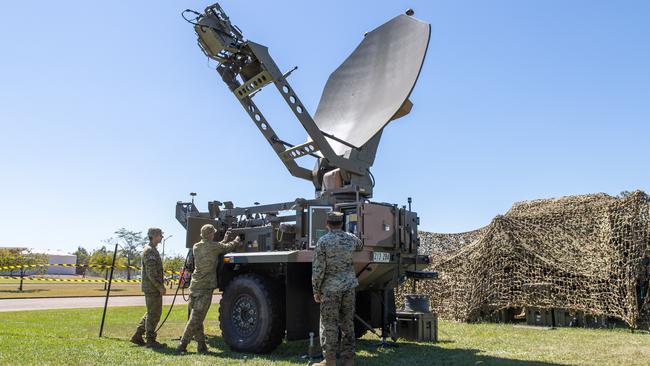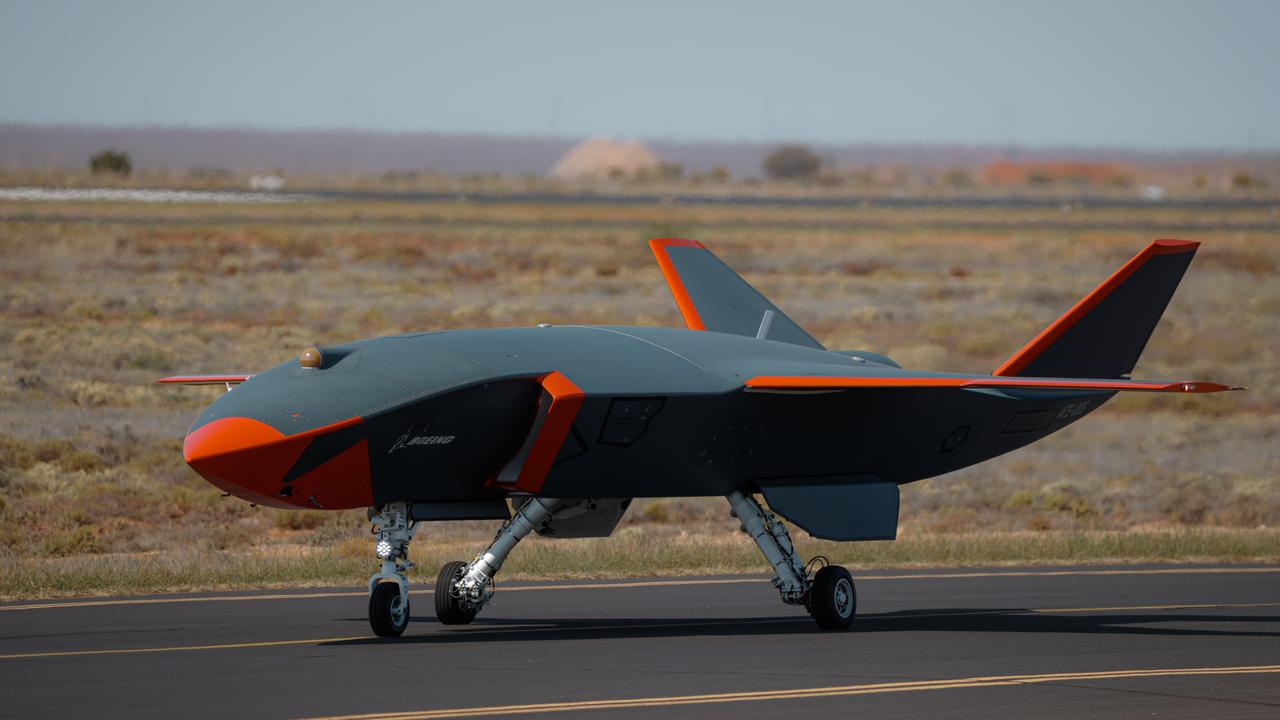Australia on track to have dedicated military satellites
A key ingredient for strategic self-reliance is sovereign communications and the race is on to have a new satellite capability later this decade.

A key ingredient for strategic self-reliance is a sovereign communications capability – and Australia has been lacking in that regard for some time, with a high level of dependence on US and commercial satellites for global reach.
Defence has a payload on the Optus C-1 satellite that went into orbit in 2003, but that has limited remaining life as well as restricted geographical coverage, so the race is on to have a capability available from later this decade.
Known as JP 9102, the tender – which closes in January, slightly later than planned – has taken a conservative approach and the specification is oriented to a large overseas prime contractor.
This is because the terms and conditions for things such as liquidated damages are so onerous as to discourage bids from any but the largest suppliers.
These are likely to be the US companies Boeing, Lockheed Martin and Northrop Grumman, joined by Airbus and a consortium led by Optus that includes Raytheon and Thales.
The requirement is to have four large, high-capacity, dedicated military communications satellites in geostationary orbit – and because of their complexity each is likely to be in the 3-6 tonne range.
Given this substantial size and the need to place them in orbit 38,000km above Australia for continuous coverage. it will need a heavy-lift rocket to get them there.
Because of its current involvement with Defence, Optus believes its experience and that of its partners will be taken into account.
Nick Leake, head of Satellite and Space Systems says: “As Australia’s largest and most experienced satellite owner and operator we know how critical satellite communications are for our nation and the ADF.
“Australia’s SATCOM needs will continue to increase and we believe that Team AUSSAT’s proven capability, superior experience and access to leading global technology will deliver a genuine sovereign capability for the ADF and Australia.”
While there are a growing number of suppliers of this capability, because of the need for security for a military satellite the choices are narrowing to either Elon Musk’s SpaceX Heavy or European Arianespace, which can offer several launch vehicles. The US United Launch Alliance is another possibility, but that organisation specialises in super-secret missions for the likes of the NSA and has a reputation for being extremely expensive.
Given the large size of Australia and the need for the ADF to also operate throughout the region, four satellites will be needed. Two will be optimised for coverage extending into the Pacific and Indian Oceans and the other two for support of mobile operations, able to maintain contact with distributed ADF assets, including a headquarters-on-the-move function.
While it would be technically possible to launch all four satellites on one rocket, that would seem to constitute a very large potential strategic risk in case of technical failure, so launching in pairs seems more likely.
The timetable suggests that a contract might be signed in late 2023 and this will be followed by a three-year construction phase – quite normal for satellites of this type – with a launch later this decade, perhaps in 2028. This is if everything goes to plan, which seems unlikely given the inability of Defence to manage large technically complex acquisitions that are almost always bedevilled with uncontrolled requirements creep.
Australia has a vibrant and growing space industry sector, though concentrated in small and medium-sized companies which share a sense of mild disappointment that Defence has not gone far enough in seeking local content. The potential primes are engaged in intense discussions with local industry, but at the end of the day they will once again face internal commercial pressures to use their existing overseas supply chains rather than take a risk on unknown Australian entities.
Defence explains its thinking: “As the duration of the project is likely to be in the order of 25 years, Defence will be seeking to engage a long-term industry partner who has a strong track record in delivering complex space and/or SATCOM-related programs. The Joint Project 9102 request for tender is seeking a highly integrated end-to-end system across the space, ground and control segments to deliver a seamless capability to end-users. A single prime mitigates the risk of schedule disaggregation between these segments and reduces technical integration risk.
“Although it is Defence’s preference, a single prime is not an essential requirement. Defence will consider splitting acquisition and support work between related companies.”


